Our Gear
Every day, we get questions from our readers on the equipment and tools we use for photography, post-processing, website building, and blogging. So we thought of creating a separate series of articles to share the details around them with you.
Starting with photography, the first camera that I used to start clicking pictures with was my dad's Kodak Click 3. It was a good old analog camera, with film, no flash, and hence no batteries. You had to be really calculative, or shall I say rather stingy, in taking those 36 unique shots in one expensive roll. Resources were scarce, but life was simple. When I got my first job, I bought my first point-and-shoot camera with my first salary. After that, over the last 18 years, I upgraded my equipment multiple times, switched brands and ecosystems, and transitioned from DSLR to mirrorless. I used many half and full-frame sensor cameras, numerous lenses, varieties of filters, flashes, microphones, and other pieces of equipment. Based on my experience, I've now narrowed my gear down to a rather minimalistic setup that works for me.
Speaking of photo post-processing, a decade back, when I started my photography journey, I trembled at even the thought of entering the dark and scary den of the monster named Photoshop. And today, I can proudly say I've tamed the beast along with a dozen other imaging apps to extract the most out of my photography. I now have a structured photo post-processing workflow comprising several tools and techniques. In terms of video post-processing, I trained myself on DaVinci Resolve Studio, the only solution in the world that combines editing, color correction, visual effects, motion graphics, and audio post-production into one software application. It is famous for being the #1 post-processing solution for Hollywood and has been used for color grading and/or editing of feature films like Alien: Covenant, Avatar, Best of Enemies, Jason Bourne, Kingsman: The Golden Circle, La La Land, Love & Mercy, Pirates of the Caribbean, Prometheus, Robin Hood, Spectre, Star Wars: The Last Jedi, X-Men: Apocalypse, and many more.
When it comes to website building, I look at our website as an exhibition of our work to our audience. I also look at it as a platform to share our stories and a channel to communicate our thoughts with our readers. And I firmly believe that the more intuitively designed the platform and the easier it is to understand and navigate, the simpler it is to get the message across. So when I decided to start this website, I started looking for website builders keeping these factors in mind. And after a lot of contemplation over the leading solutions in the market, I zeroed in on the one I felt would keep the aesthetics sleek and functionality simple.
And finally, talking about blogging, writing came naturally to me. From childhood, I was quite an eloquent writer and a fluent orator. After getting into traveling, I thought of sharing our stories with you through blogging. But blogging isn't as easy as it sounds. To be an efficient communicator in real life and to be a successful blogger on the internet are two different things. Blogging requires research on the subject, popular keywords, and then creating unique content with a structured thought process, effective expression, and grammatical correctness. And trust me, with so many articles about similar topics all over the internet, creating 100% unique and exciting content is no less than a challenge. So, in this era of automation, it always helps to use tools for each of these steps.
Through this series of articles, we've highlighted all our current and previous pieces of equipment and tools we’ve used for photography, post-processing, website building, and blogging that we recommend to our readers based on our personal experience.

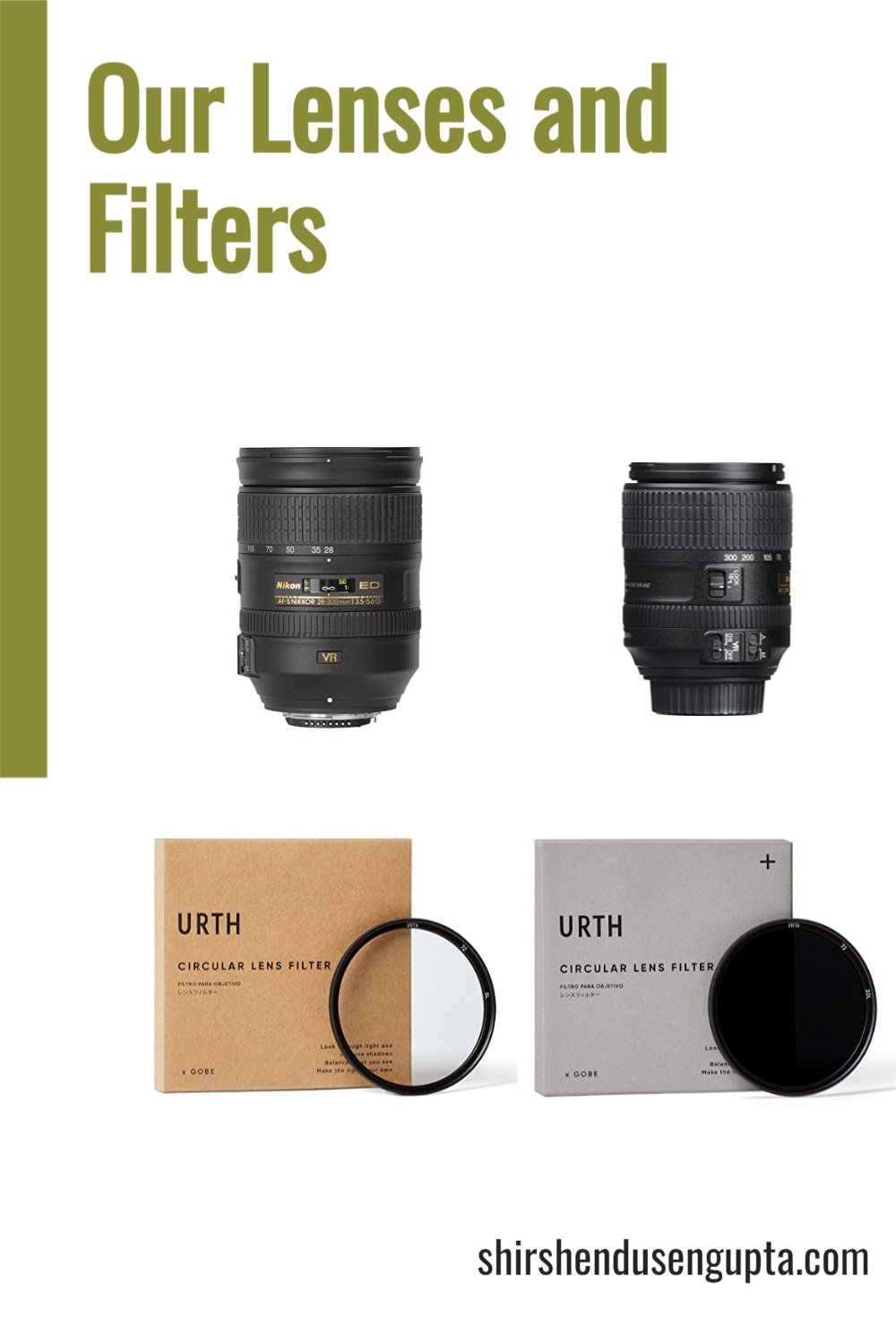
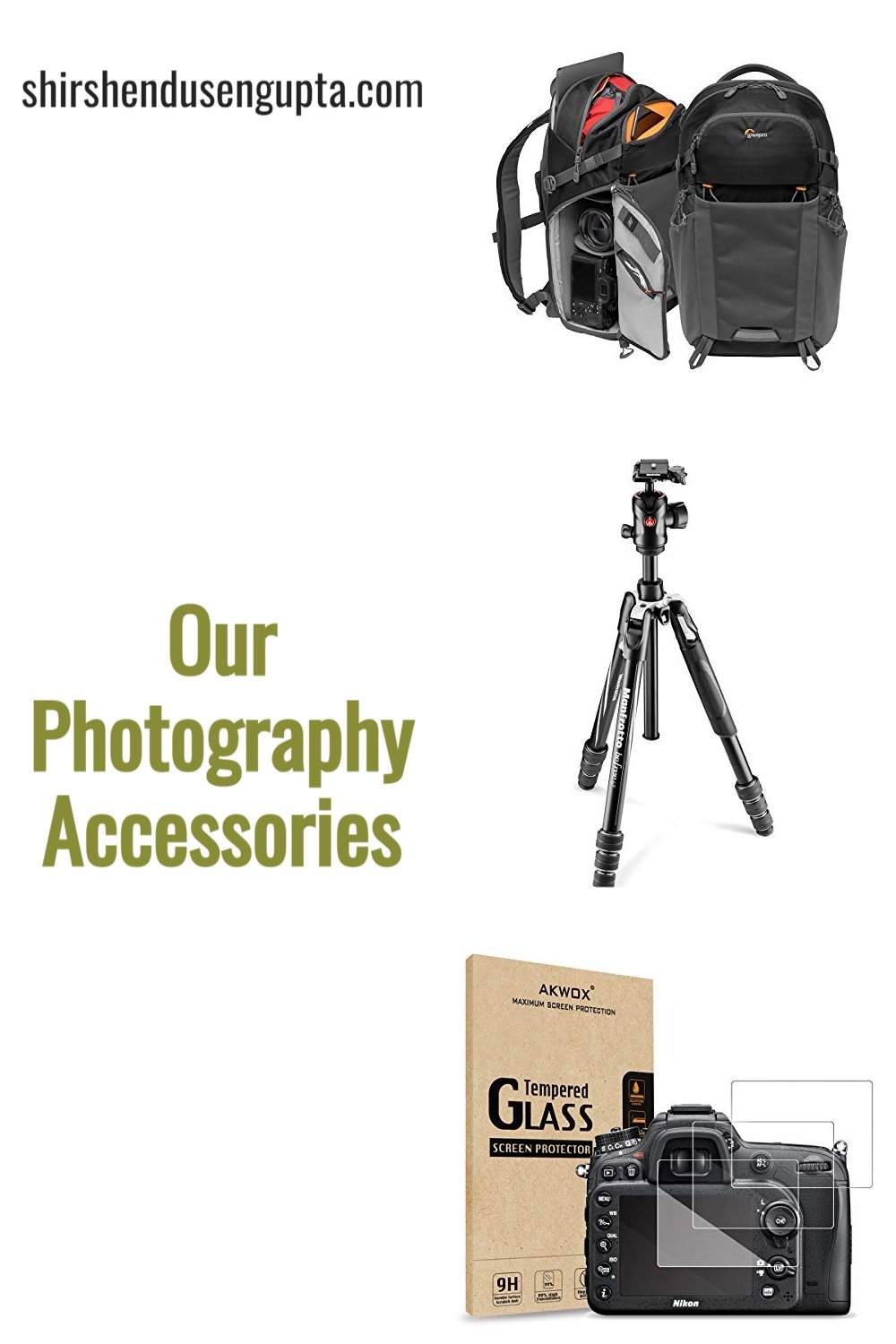
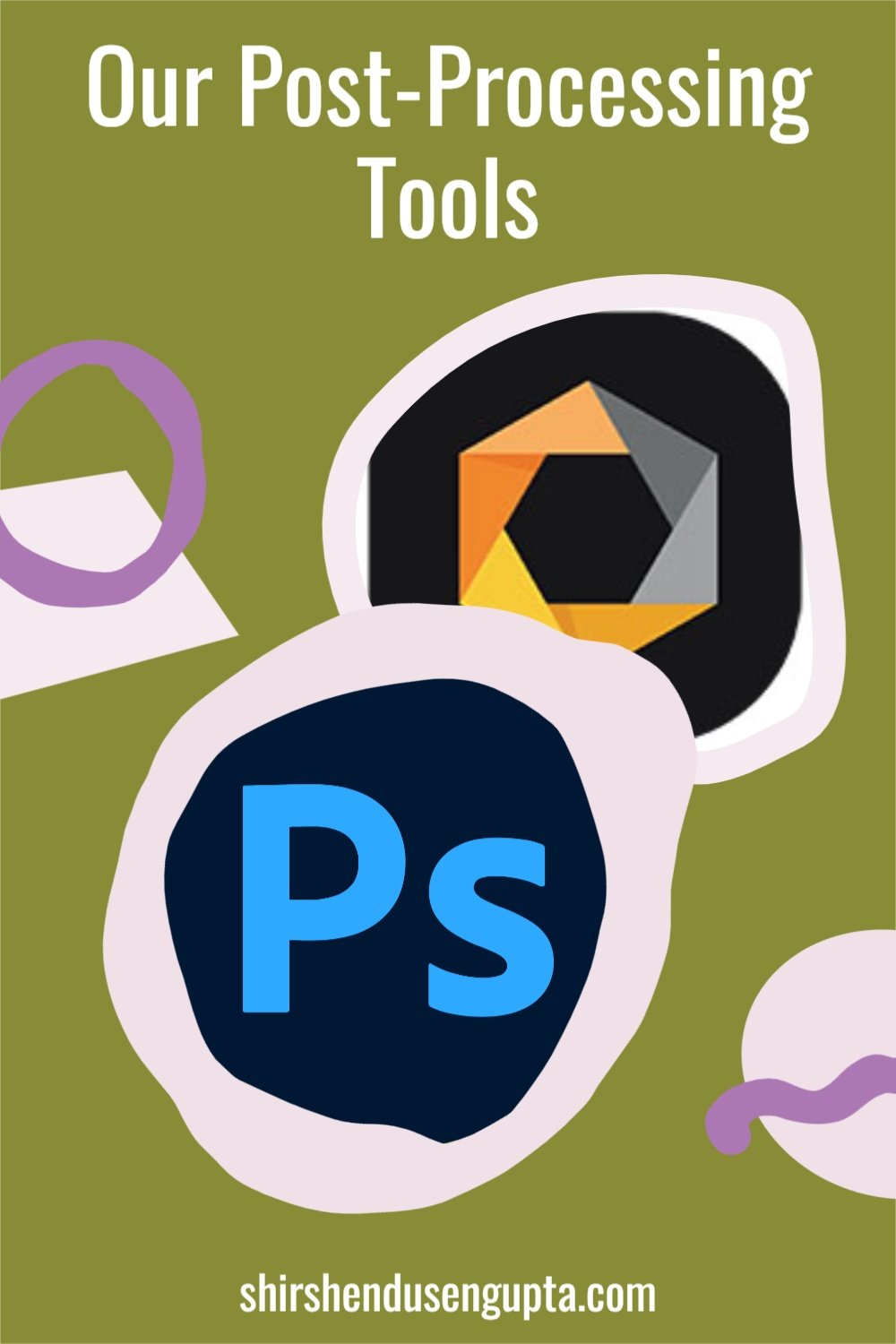
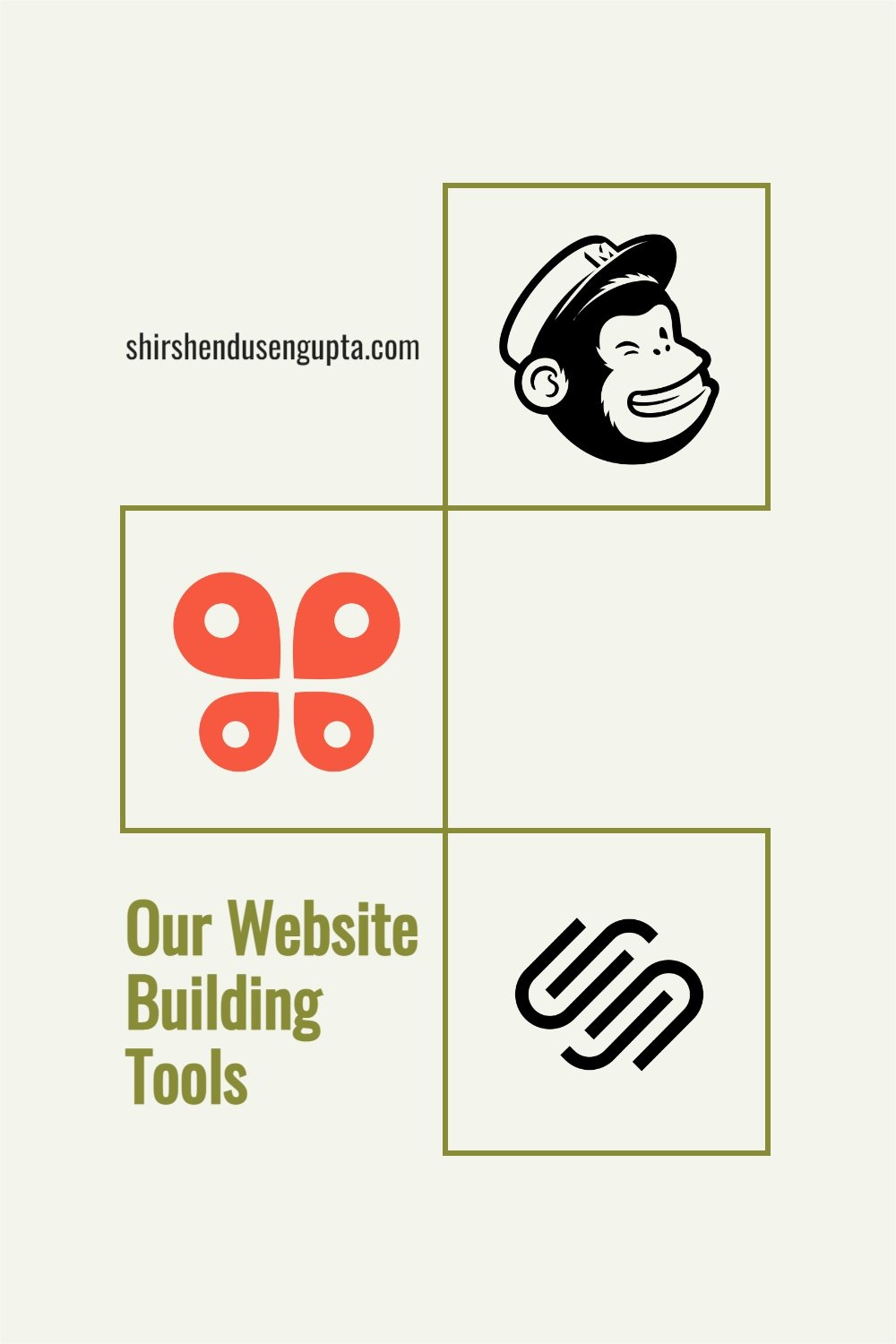
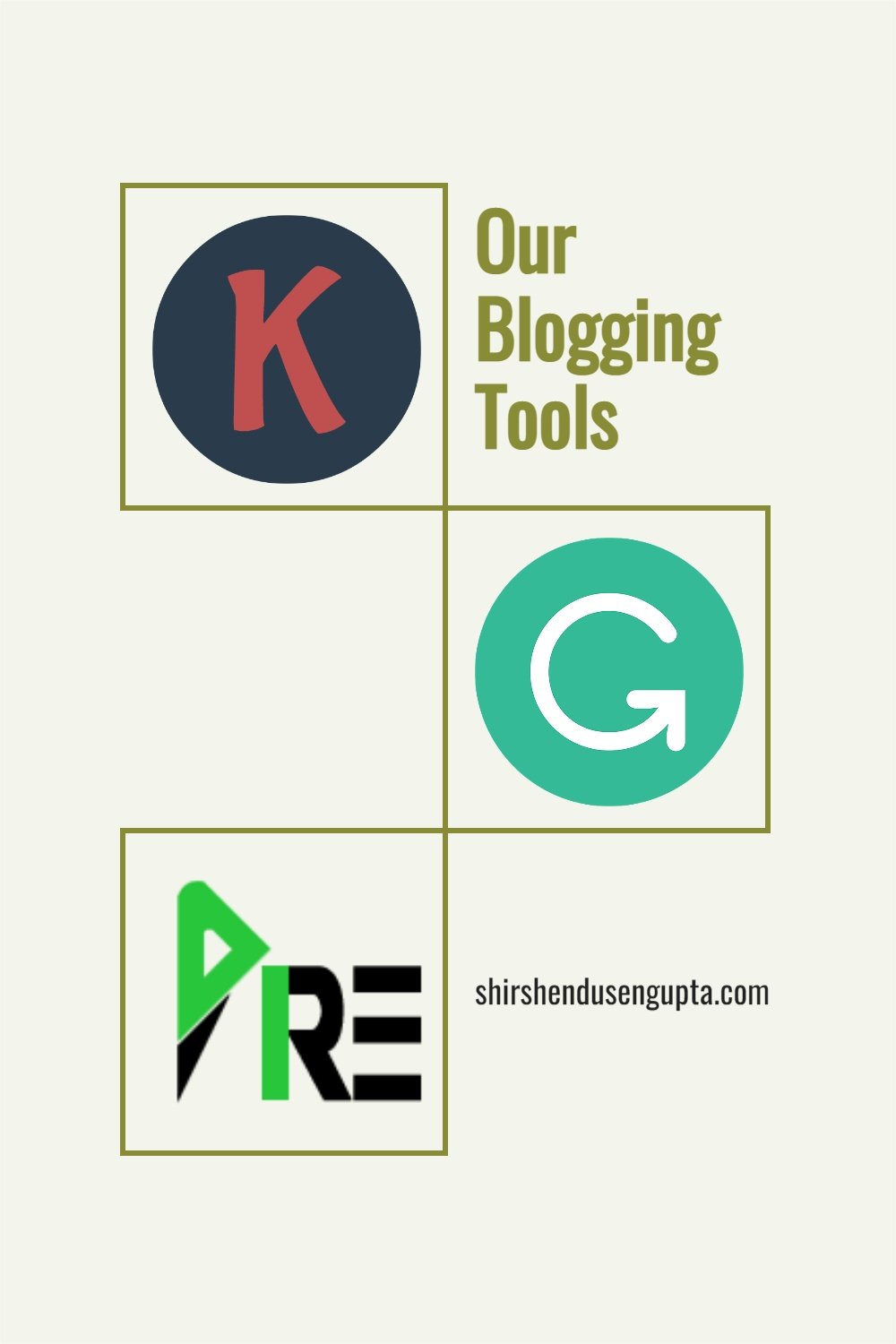
I've always been a big proponent of the age-old adage, "The best camera in the world is the one that you have; you just need to know how to use it!" As in Kung-Fu Panda, Po finally realized, "There's no 'Dragon Scroll'; it's just you," I genuinely believe it's not about the gear. If you possess good composition skills, have a fair understanding of optics and know the settings of your camera and use it well, you will be surprised to see the kind of miracles you can do with your existing gear. However, it's also true that every gear has a technical limitation and it's never too bad to keep upgrading. So, based on your requests, today I'm going to share my perspective on the camera models we've been using over the past years and which one to choose in what scenario. I hope it helps you in making your choice!